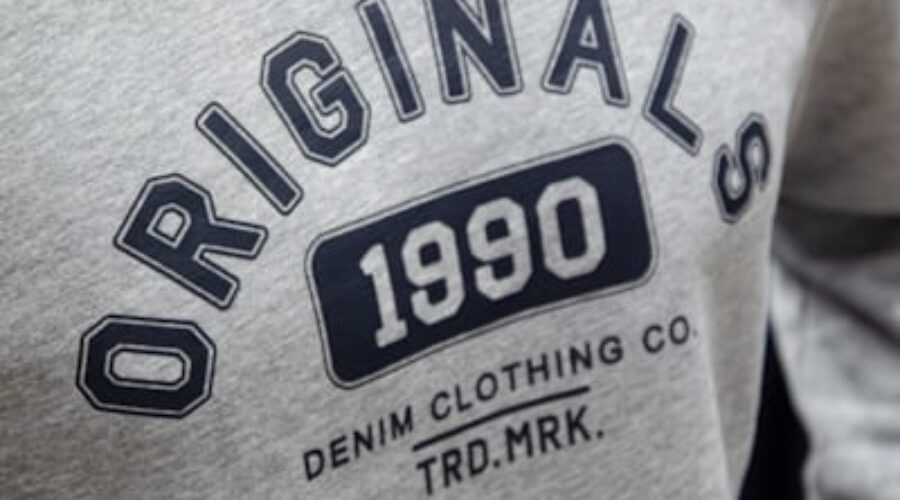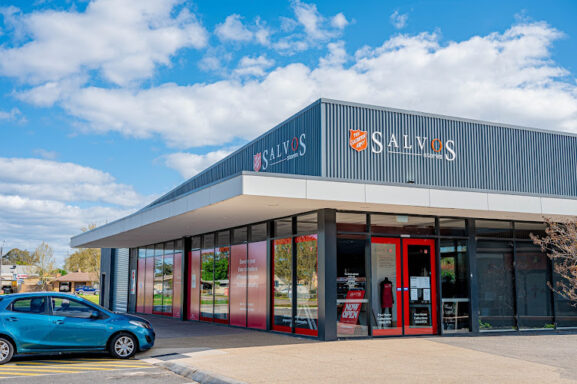From Landfill to Wardrobe: How Op Shopping Reduces Australia’s Fashion Footprint
In a country where over 800,000 tonnes of textiles end up in landfill each year, your decision to shop at op shops isn’t just budget-friendly—it’s environmentally crucial. Australia’s growing fashion waste crisis has reached alarming levels, with the average Australian disposing of approximately 23 kilograms of clothing annually. However, the rising popularity of op shopping represents a powerful solution to this environmental challenge, offering a sustainable alternative that extends the lifecycle of clothing and reduces our collective carbon footprint.
The Environmental Cost of Fast Fashion
The environmental impact of Australia’s clothing consumption is staggering. Fast fashion—characterized by rapidly changing trends and inexpensive, poorly made garments—has created a culture of disposability. The production of new clothing requires enormous resources: a single cotton t-shirt needs approximately 2,700 liters of water to produce, equivalent to what one person drinks over 2.5 years.
Beyond water consumption, the fashion industry contributes significantly to global carbon emissions. Textile production generates an estimated 1.2 billion tonnes of CO2 equivalent annually—more than international flights and maritime shipping combined. When these garments end up in Australian landfills, they release methane as they decompose, a greenhouse gas 25 times more potent than carbon dioxide.
The Op Shop Solution
Every item purchased from an op shop represents a small but meaningful environmental victory. By extending the life of clothing through second-hand purchase, you’re:
- Reducing demand for new production and associated resource consumption
- Preventing textiles from entering landfill
- Lowering the carbon footprint associated with manufacturing new items
- Minimizing chemical pollution from textile production
Research indicates that extending the active life of clothing by just nine months reduces its environmental impact by 20-30%. When you purchase from op shops in your area, you’re directly contributing to this reduction.
Measurable Environmental Benefits
The environmental benefits of op shopping are quantifiable and significant. According to recent studies:
- Each kilogram of clothing kept in circulation through second-hand purchase saves approximately 25 kilograms of CO2 emissions
- Buying one used item instead of new saves 6 kilograms of CO2, 5,000 liters of water, and 0.3 kilograms of waste
- Australia’s charity retailers collectively divert over 588,000 tonnes of items from landfill annually
Major op shop chains like Salvos Stores report diverting over 12,000 tonnes of textiles from landfill each year, while Vinnies diverts approximately 30,000 tonnes annually across all donated goods.
Beyond Clothing: The Broader Impact
The environmental benefits of op shopping extend beyond clothing. Furniture, homewares, books, and electronics purchased second-hand all represent significant resource savings. For example:
- A second-hand sofa prevents approximately 1,000 kilograms of CO2 emissions
- Purchasing used kitchenware eliminates the energy-intensive manufacturing processes for new items
- Buying second-hand electronics reduces the demand for rare earth minerals and prevents e-waste
Creating a Circular Fashion Economy
Op shopping is a cornerstone of the circular economy model, which aims to keep products and materials in use for as long as possible. Unlike the traditional linear economy (make, use, dispose), the circular approach maximizes the value of resources and minimizes waste.
By participating in this circular system—donating items you no longer need and purchasing pre-loved goods—you help create a more sustainable consumption model. This approach is gaining recognition from major Australian retailers and designers, some of whom have begun partnering with op shops to promote clothing reuse.
How You Can Maximize Your Environmental Impact
To maximize the environmental benefits of your op shopping:
- Prioritize quality over quantity, selecting durable items that will last
- Consider natural fibers like cotton, wool, and linen, which biodegrade more readily than synthetics
- Care properly for your thrifted items to extend their lifespan further
- Donate items you no longer need in clean, good condition
- Explore upcycling projects for damaged items that can’t be resold
Every purchase from an op shop represents a vote for sustainability and a step toward reducing Australia’s fashion footprint. By choosing second-hand, you’re not just finding unique items—you’re actively participating in an environmental solution that benefits us all.



